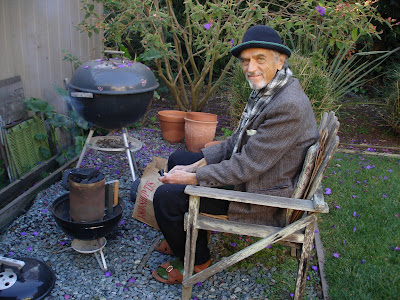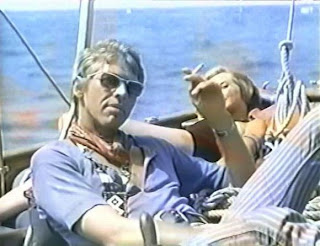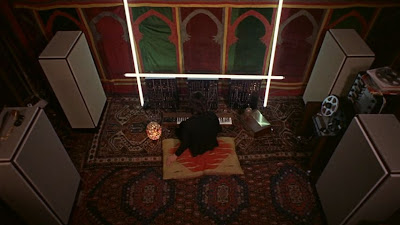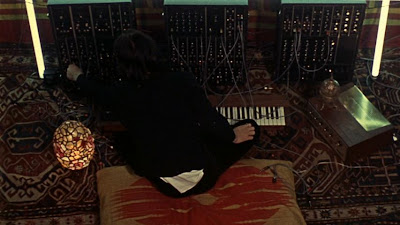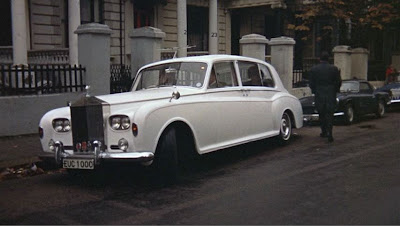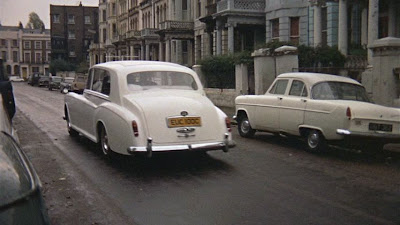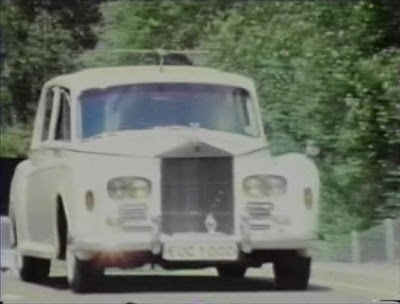 |
| Frank with his daughter Francesca |
Frank was born and raised in the heart of Hollywood surrounded by the film business, his father being the first contract player at Fox Studios. Frank worked as a child actor, appearing in such films as The Hunchback of Notre Dame (1939) starring Charles Laughton, Always in My Heart (1942) with Walter Huston, Casablanca (1942), and Joseph Losey's The Boy with Green Hair (1948). Frank went on to study acting with Stella Adler and Jeff Corey and did theater at the Beverly Hills Playhouse. He was cast in a part of a high school student in Elia Kazan's East of Eden (1955) before being accepted into the University of Oregon on an athletic scholarship. Frank left Hollywood behind but only briefly.
On a school break, he auditioned for a role and was cast as "Crunch" in Rebel Without A Cause (1955), directed by Nicholas Ray and starring then-unknown James Dean. Because of his reputation from his days in the Hollywood High club, The Athenians, Frank was approached by Nick Ray and David Weisbart, Rebel's producer, to help recreate a reality about rebellious teens from middle class families. Frank was given an office at Warner Brothers, and according to Rolling Stone magazine, "he ended up helping director Nick Ray and screenwriter Stewart Stern shape Rebel into an accurate piece of 1955 sociology." Frank was instrumental in selecting Jimmy's '49 Merc and his famous red jacket, which was not unlike the original Athenian club jackets; and one of the Nick Ray biographies quotes, "...the knife duel between Jim and Buzz (Corey Allen) was staged with the aid of Frank Mazzola." Nick summed it up by signing a Rebel poster with a personal note of thanks, "For Frank Mazzola who helped so much to make the texture of Rebel into a living reality."
Having participated in the creative aspects of production on Rebel, Frank decided to pursue his love of film from behind the camera. Inspired by Nick Ray and David Weisbart, who had edited A Streetcar Named Desire (1951), Frank chose editing to learn the process of filmmaking. As an assistant at Universal Studios, he was involved with Hitchcock's Psycho (1960) and Stanley Kubrick's Spartacus (1960). Following, he assisted at Fox Studios and The Mirish Corp., learning some of his most valuable lessons from working with Ralph E. Winters as the first assistant on Blake Edwards' The Party (1968). After creating artistically beautiful and complicated montages that received excellent reviews, Frank began his career as an editor on films such as Macho Callahan (1970), Stiletto (1969), and a re-edit of La Piscine (1969).
Frank was then sought out by film director Donald Cammell to create montages and re-edit Performance (1970), a film that was sitting on the shelf at Warner Brothers. Frank's work with Donald on Performance (1970) led to the film's release. It went on to receive cult classic status and according to The British Film Institute, "Performance is one of the most extraordinary British films, and arguably the greatest."
Frank's career as an editor excelled from this point forward with films such as Peter Fonda's directorial debut, The Hired Hand (1971), Donald Cammell's Demon Seed (1977), and A Woman Called Moses (1978) starring Cicely Tyson with narration by Orson Welles. The Second Coming of Suzanne (1974), which Frank co-produced and edited, won three of the top ten awards at The Atlanta Film Festival including the gold medal for editing.
Frank loved the artistry and creativity of filmmaking. As Rex Reed wrote in The New York Daily News, "Frank Mazzola, the excellent film editor, has attempted to do something different with film." Stanley Kauffman of The New Republic wrote, "Mazzola has used almost the whole contemporary editing vocabulary." Other reviewers have written that Frank is, "a master craftsman at film editing," he "creates a perfect sense of pacing," and his "montage sequences rate spontaneous audience applause." As quoted from the Stratford Film Festival: "The exhilarating beauty of the color cinematography and visual wizardry of the many montage sequences establish cinematographer Isadore Mankofsky and editor/montage artist Frank Mazzola as two of the world’s finest artists in their respective fields."
In 1999 Frank completed production on restoring and editing a Donald Cammell short, The Argument (1999). Video Watchdog wrote "the film is a surreal gem...abandoned, once lost, now found, The Argument, like the Phoenix, has been reborn." The screening of the short became the catalyst for Tartan Films and London's Channel 4, to join forces with Frank on the restoration of The Director's Cut of Donald Cammell's Wild Side (2000). Following the Wild Side premiere at The Edinburgh International Film Festival, Peter Bradshaw of The Guardian wrote: "Perhaps the most remarkable event of the festival has been Wild Side, the last film by the late Donald Cammell, presented in a radically new director's cut, lovingly prepared by editor and long-time associate Frank Mazzola...Under Mazzola's microsurgery, it emerges as classic cinema..."
In addition to Frank's behind the camera career, he has appeared in numerous documentaries about Donald Cammell and James Dean, most notably Donald Cammell: The Ultimate Performance, the American Masters series, James Dean: Sense Memories and as a special guest on Larry King Live.
Throughout his life and career, Frank remained committed to the dedication of his time and creative energy as an independent force in maintaining film as an art form.
Services will be held at 11:30 a.m. on Saturday, January 31st at Blessed Sacrament Church in Hollywood. In lieu of flowers, a memorial donation fund has been set up by Frank's oldest daughter at IndiegogoLife/FrankMazzola Memorial Fund.
https://life.indiegogo.com/fundraisers/frank-mazzola-memorial-fund
With Affection,
Catherine and Francesca














